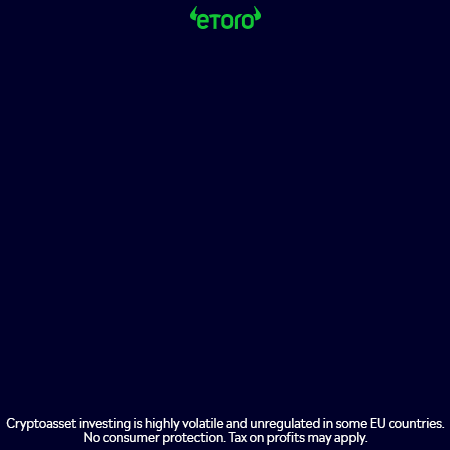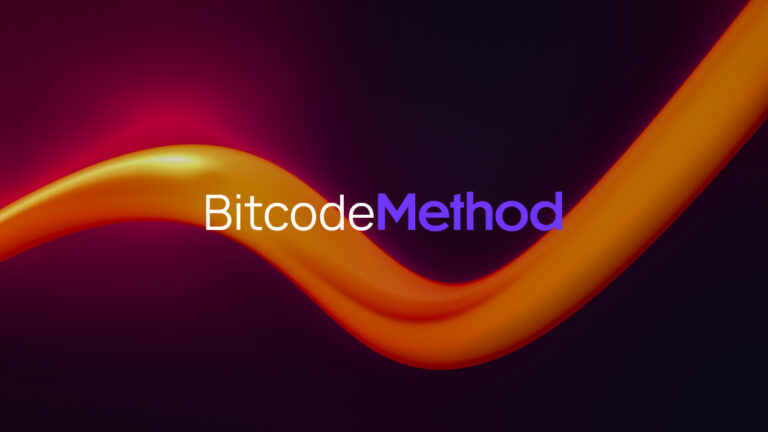Summary
Blockchain technology – with its security, immutability, transparency, and a new way to transfer value – has spurred game-changing innovation. A tokenized fund can represent all the constituents in an index in one token, similar to the way an exchange-traded fund contains all index constituents as a single security. Currently, the digital market infrastructure stands alongside existing exchanges and asset structures.
People often ask me about cryptocurrency or digital assets. It could be about Doge, a popular meme currency; other times it might be about non-fungible tokens or digital artworks at surprising prices. Other times it may be about the new corporate structure of a decentralized autonomous organisation (DAO). This is a great time to invest in digital assets. Blockchain technology has sparked game-changing innovation with its security and immutability, transparency, as well as a new way of transferring value.
However, many people don’t pay enough attention to the fact that blockchain technology has also sparked innovation in financial markets. Blockchain technology is driving the transition from traditional markets into digital markets. This includes the creation and trading of digital assets or tokens as well as new exchanges that are entirely digital.
What is a token? A token is an asset that can be stored digitally on the blockchain. It is an electronic representation of ownership and issued on the blockchain. It could represent a traditional asset such as stock, bonds, gold, real estate, or other financial assets. Or it could be digital (e.g. cryptocurrency). To make it even more interesting, a token could represent multiple assets within a single unit.
Tokens can be used to represent funds, which is quite interesting. A tokenized fund can represent all constituents of an index with one token. This is similar to how an exchange-traded funds (ETFs) contain all constituents as a single security. Tokenized funds offer several advantages. Tokens offer a variety of benefits, including instant settlement, decreased counterparty risk and 24/7 trading. They also provide fractional shares, auditability, immutability, immutability, and auditability. Tokens can also be accessible globally and reach new investors, including crypto-first traders who are looking for an easy way to access equity or new markets where traditional exchanges don’t work as efficiently.
Fund operations could also be automated because tokens can be programmed. Smart contracts, which are code embedded in the token that executes itself, allow for this programmability. All compliance features, such as Anti Money Laundering and Know Your Customer, along with operational features such dividend payouts or proxy voting can be automated. This may result in a lower cost structure. Tokenized funds trade on regulated digital exchanges because they are securities. This has led to a boom in digital exchanges.
You can see this by looking at the many recently launched digital products and exchanges. One example is the SIX Digital Exchange (SDX), which is part of the SIX Swiss Exchange. It went live in November 2021 and issued a tokenized bond. The Boerse Stuttgart Digital Exchange was launched in June 2021.2 A digital exchange in the United States launched the first tokenized funds that track the S&P DJI indices in the U.S. in December 2021. In January 2022, the U.S. SEC approved the establishment of the Boston Security Token Exchange, (BSTX), which is the first national, blockchain-enabled securities market. Accenture (NYSE.ACN)4 stated that all existing exchanges will be fully digital by 2025.
S&P DJI is excited to see our indexes become digitized, in the form of a tokenized funds, as part of the evolution towards digital markets. The digital market infrastructure is currently in place alongside existing asset structures and exchanges. Although we can debate the timeframe for this transformation, it is still early days for tokenization and digitization. It is reasonable to expect that the digital transformation of the financial markets will continue, with new regulations and new products and exchanges.








